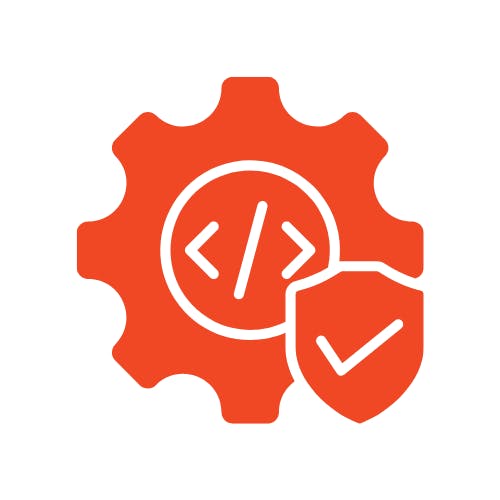Guarantee Software Integrity with Sound Static Analysis

What is Sound Static Analysis?
Sound static analysis ensures every possible software execution path is checked for errors. Unlike heuristic-based tools, TrustInSoft Analyzer mathematically guarantees no critical bug is missed. It identifies memory safety issues, buffer overflows, and undefined behaviors, ensuring provable software correctness. Developers gain zero false negatives and minimal false positives, eliminating security risks before deployment.
Trial TrustInSoft Analyzer
Detect and Eliminate All Undefined Behaviors
Undefined behaviors like null pointer dereferences, integer overflows, and memory corruption cause unpredictable software failures. TrustInSoft Analyzer exhaustively checks all execution paths, function calls, and memory accesses, eliminating memory safety vulnerabilities before they lead to crashes or security exploits. This approach guarantees software reliability across every possible input and state.

Zero False Negatives for Absolute Confidence
Traditional static analyzers often miss critical bugs due to incomplete path coverage. TrustInSoft Analyzer’s soundness ensures no false negatives, meaning if an error exists, it will be detected. This level of precision allows software teams to trust their verification results, reducing late-stage debugging and enhancing software safety in automotive, aerospace, and industrial applications.

Proven Software Security with Sound Analysis
Sound static analysis is crucial for cybersecurity and functional safety. TrustInSoft Analyzer provides mathematical proof of security by ensuring control flow integrity (CFI) and data flow integrity (DFI). This prevents attackers from exploiting memory vulnerabilities, ensuring software resilience against threats like buffer overflows and data corruption attacks.